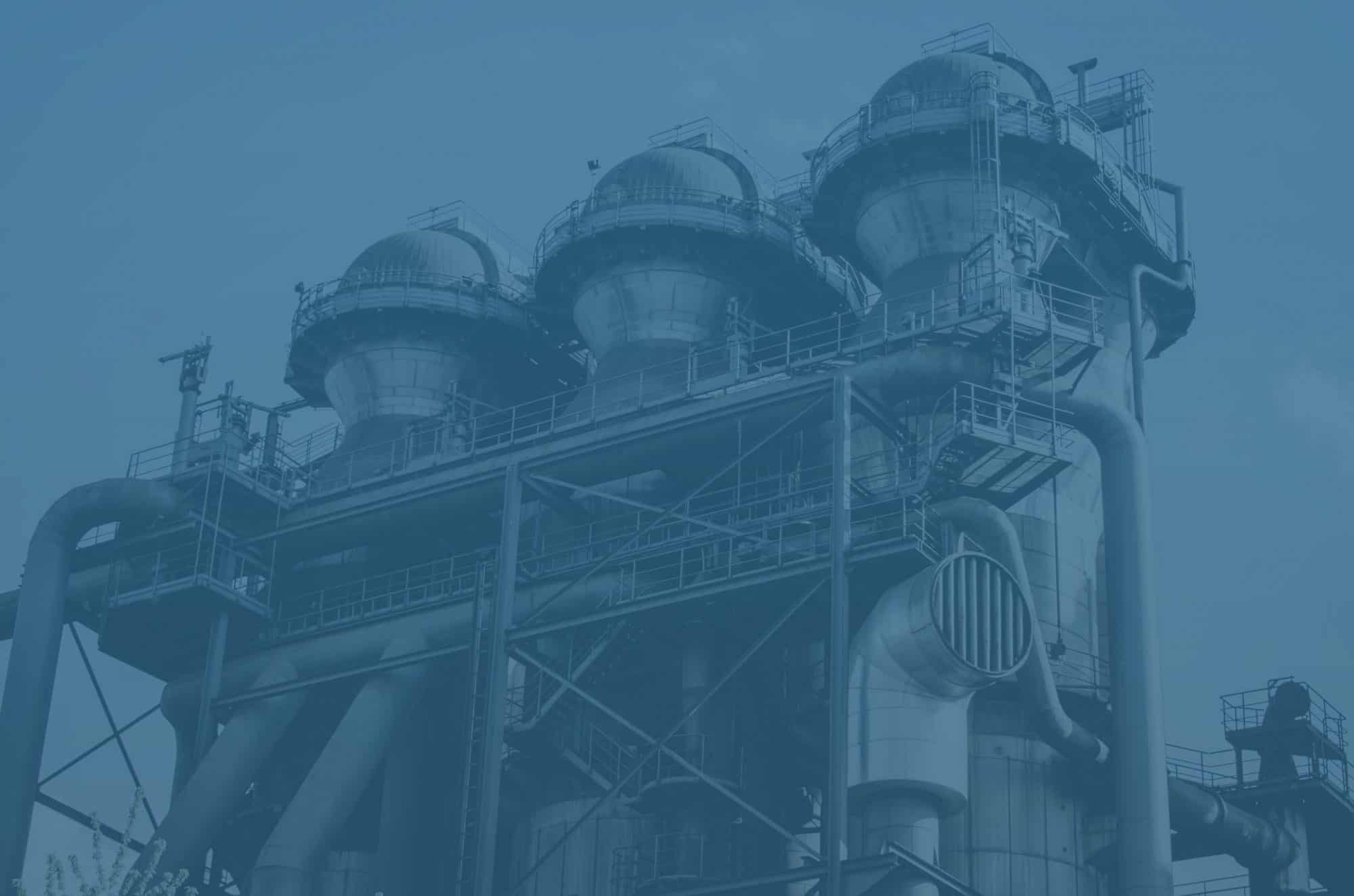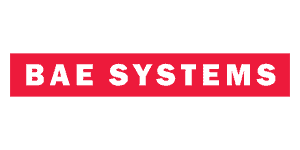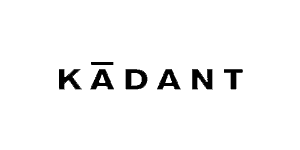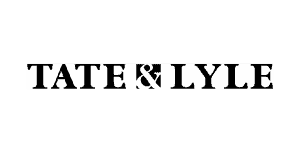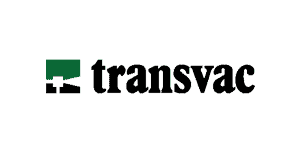Workplaces can be immensely noisy, even dangerously so at times. Employers have an obligation to ensure that exposure to the sound doesn’t harm employees and any visitors. Luckily, there are numerous different things they can do to tackle the problem. We want to look at five options here. Then, if you want to order in-line silencers or other solutions for noisy equipment and systems, we can help.
PPE
Firstly, let’s start off with PPE. This doesn’t actually reduce the amount of noise in the workplace. What it does though is protect the ears of anyone in the area, reducing the decibels they are exposed to. Things like ear plugs, ear muffs, and even larger ear defenders can help.
There are two crucial things to keep in mind here though. It is better to tackle noise than it is to rely solely on PPE. Plus, if you do get ear plugs or other products, you must ensure they fit correctly and people use them properly. The PPE should not completely eliminate all sounds, because then it can have an impact on communication and people could miss crucial safety notifications.
Low noise equipment
The equipment you are using tends to be one of the major noise sources in workplaces. For example, if you have heavy manufacturing tools, conveyors, generators, or plant for construction, work settings can be very noisy. Luckily, there is now a longer list of low-noise solutions for most needs. While they can require a big financial investment, it can be worth it to ensure the safety of workers. You can also invest in things like in-line silencers.
Maintenance
Next, whatever equipment you choose, you need to be proactive with maintaining it. Even low noise tools can become noisier in time due to wear and tear. What you tend to see is things start to vibrate more, generating more noise. You can also have problems because parts need lubrication. If you have a good maintenance plan, inspect regularly, and keep up with little jobs like lubricating parts, you can enjoy massive rewards. It will help reduce noise and also typically ensures equipment will last longer.
Enclose or isolate
If you do need to use especially noisy equipment, it is a really good idea to ensure you expose as few people to it as possible. What you should do is enclose or isolate it. You could create an enclosure to limit sound to the area specifically around the equipment, then you only need to worry about the exposure level of people using it. If you can’t create an enclosure, you can use noise barriers to help. Alternatively, you can place noisy equipment in isolated parts of the property where fewer people go.
Think about vibration
In many cases, noise is happening because of vibration. Equipment can vibrate while it is operating. This can then spread through floors, walls, and even seating. What you need to do is reduce the vibrations as much as possible. You should also choose materials for floors and other surfaces that will absorb or block it. Things like vibration dampening seats can be excellent too.
Would you like to learn more about in-line silencers?
If you need to address workplace noise, Ventx could be the perfect company to help you. We specialise in designing silencers, considering the settings and using our acoustic modelling software to devise the perfect solutions. With them, you can reduce noise from various sources.
So, get in touch and arrange a consultation. We can find the perfect option for any need, whether it is in-line silencers or other styles. You can work with us to reduce noise in a massive variety of workplaces, including oil and gas, manufacturing, and more.
